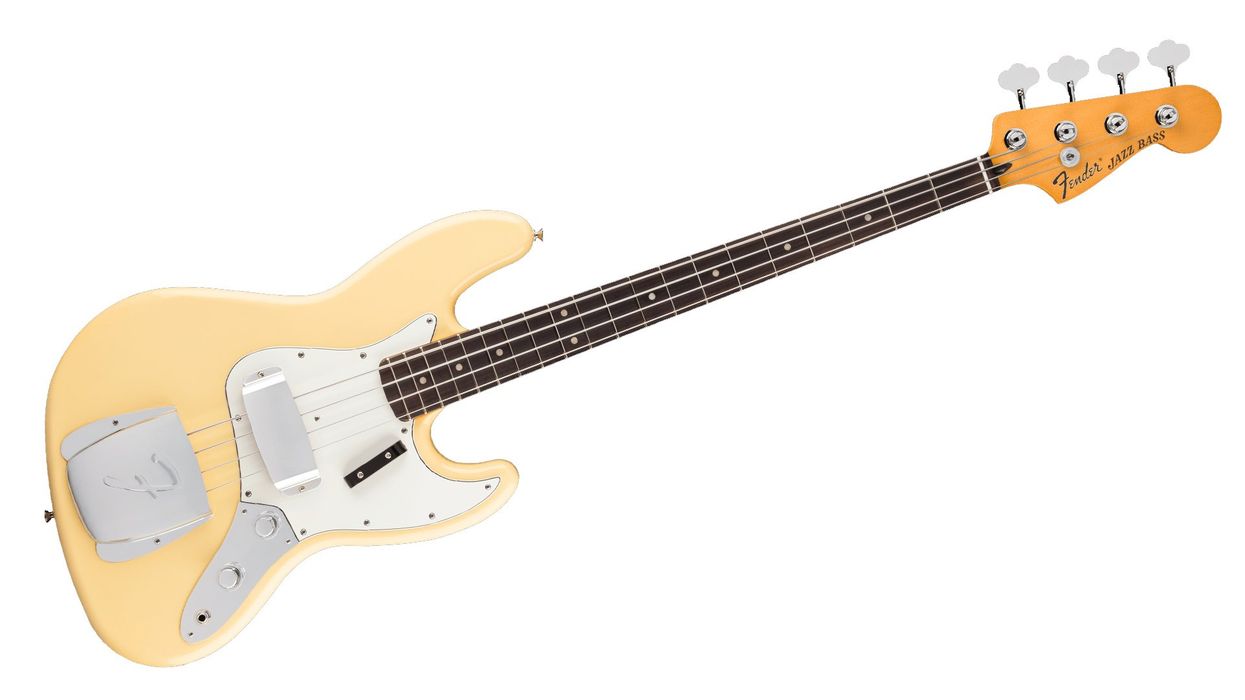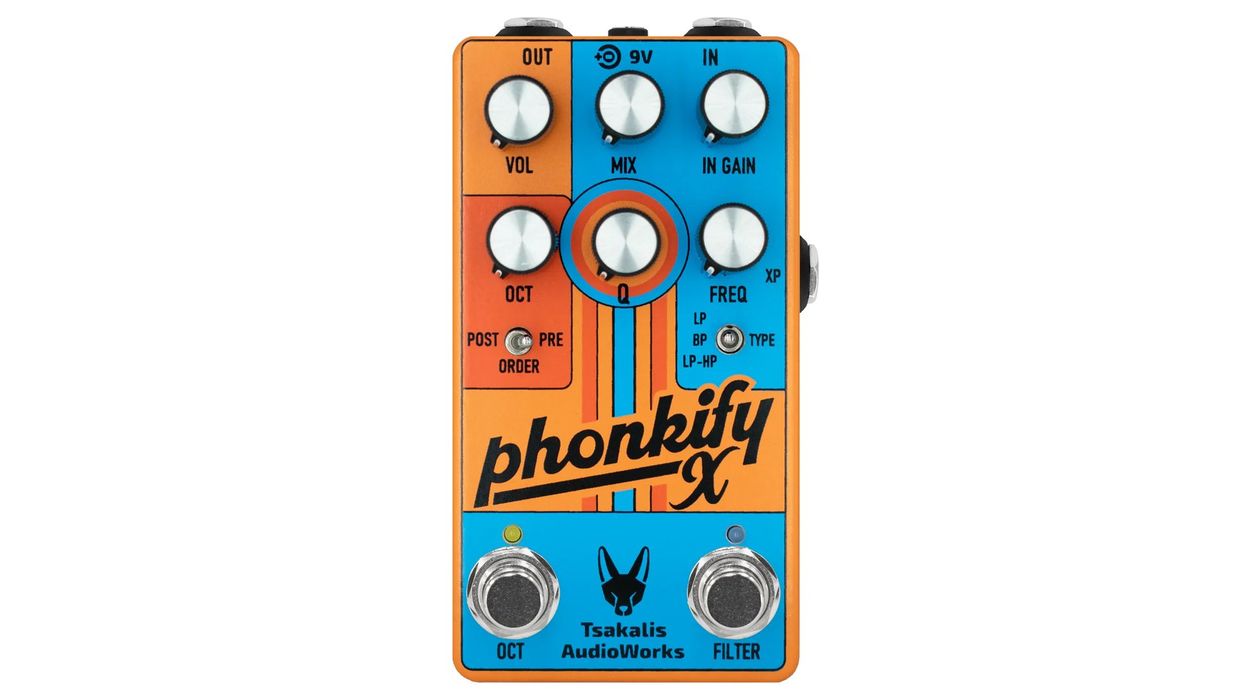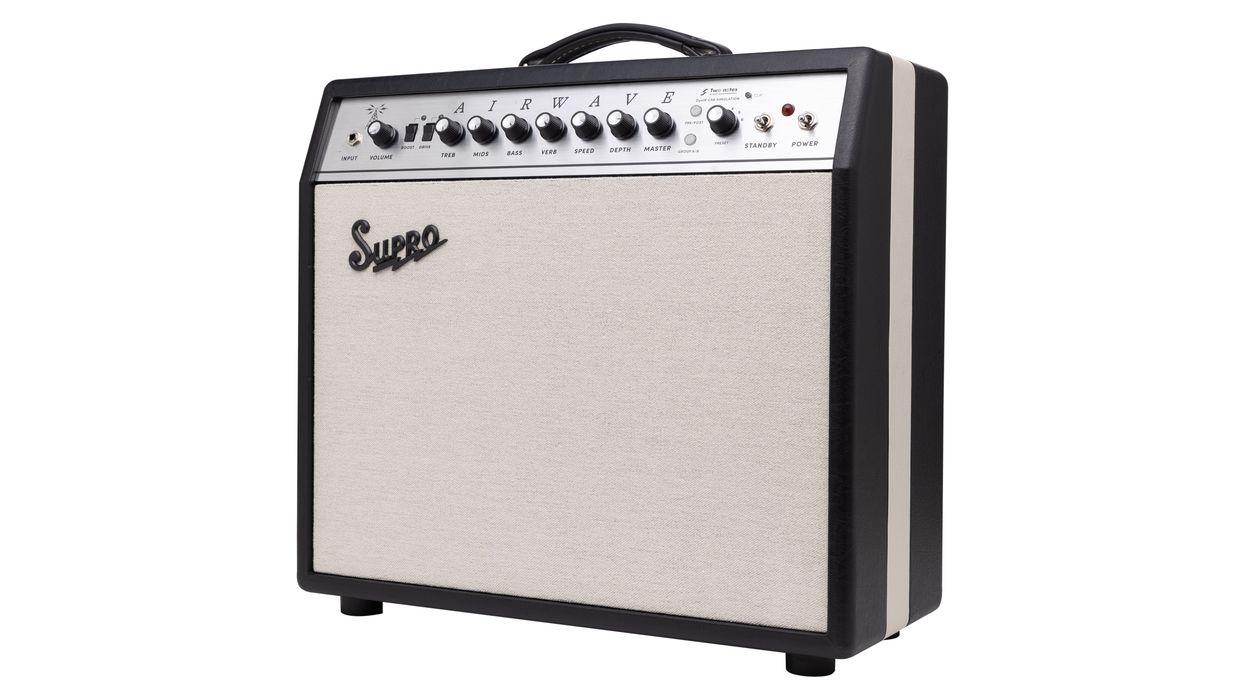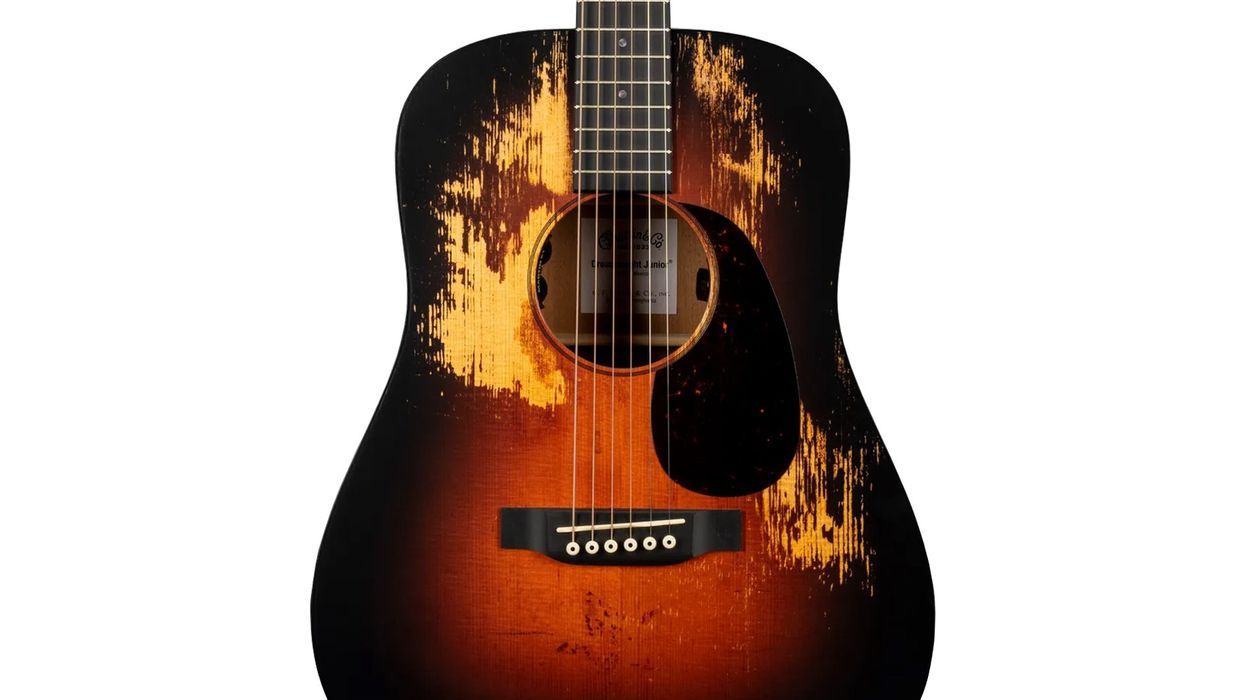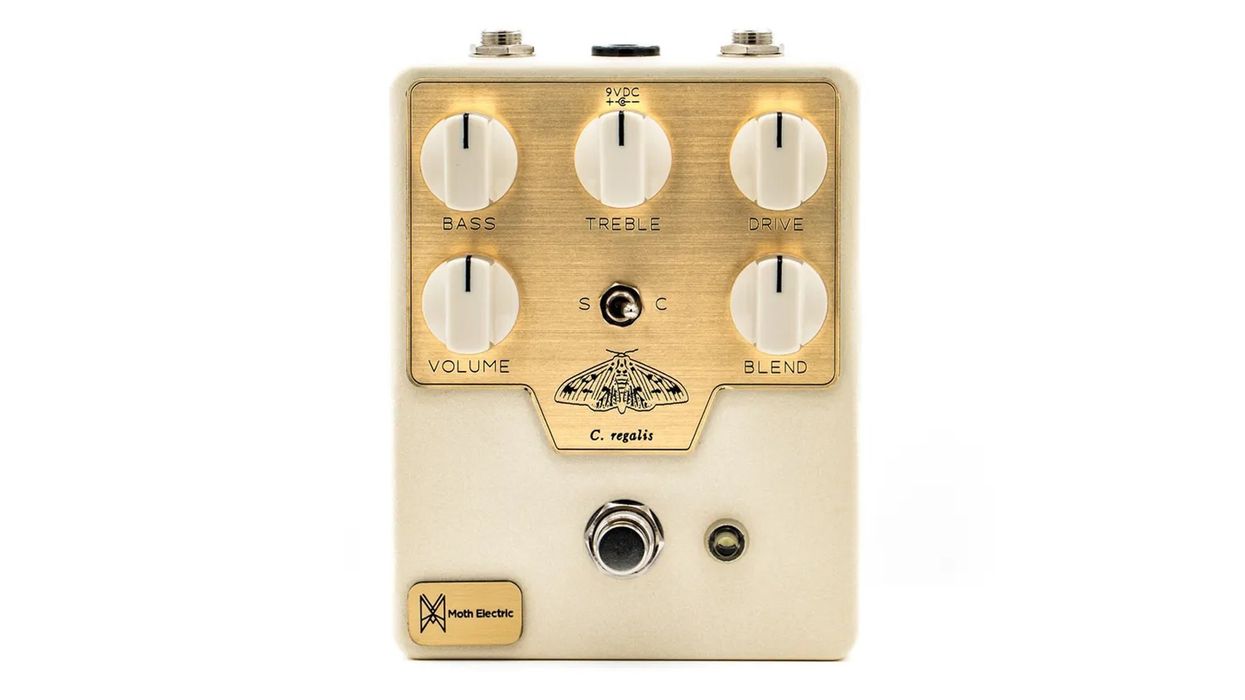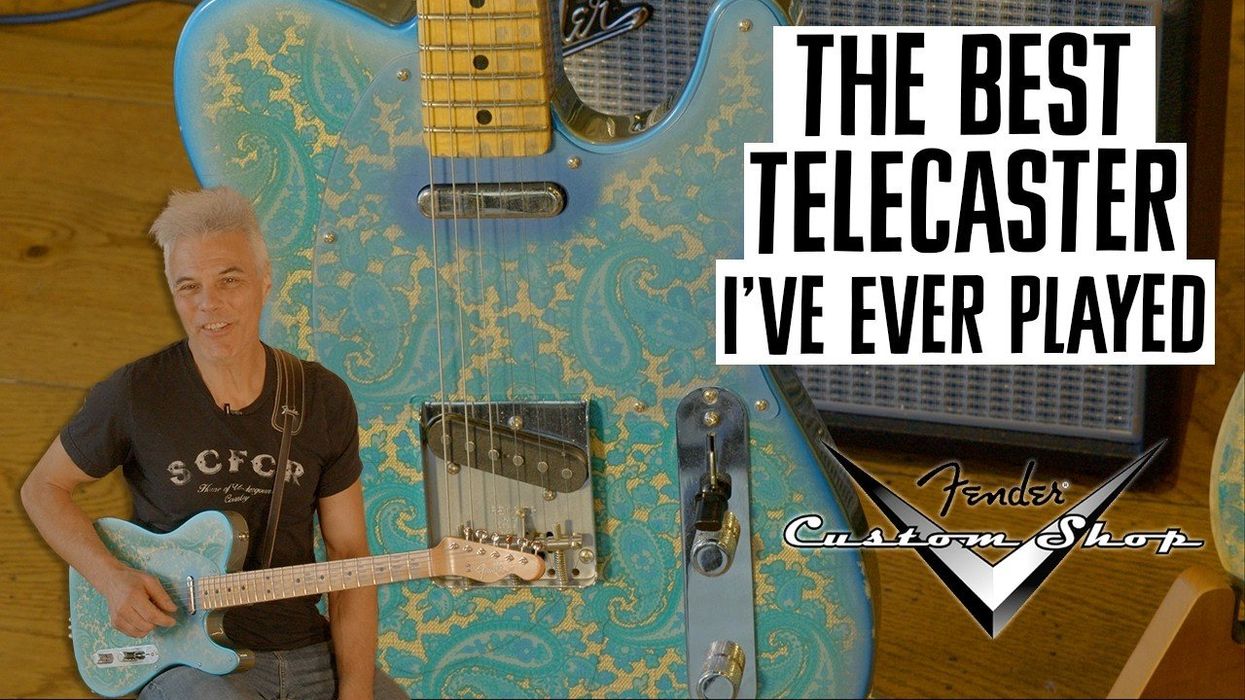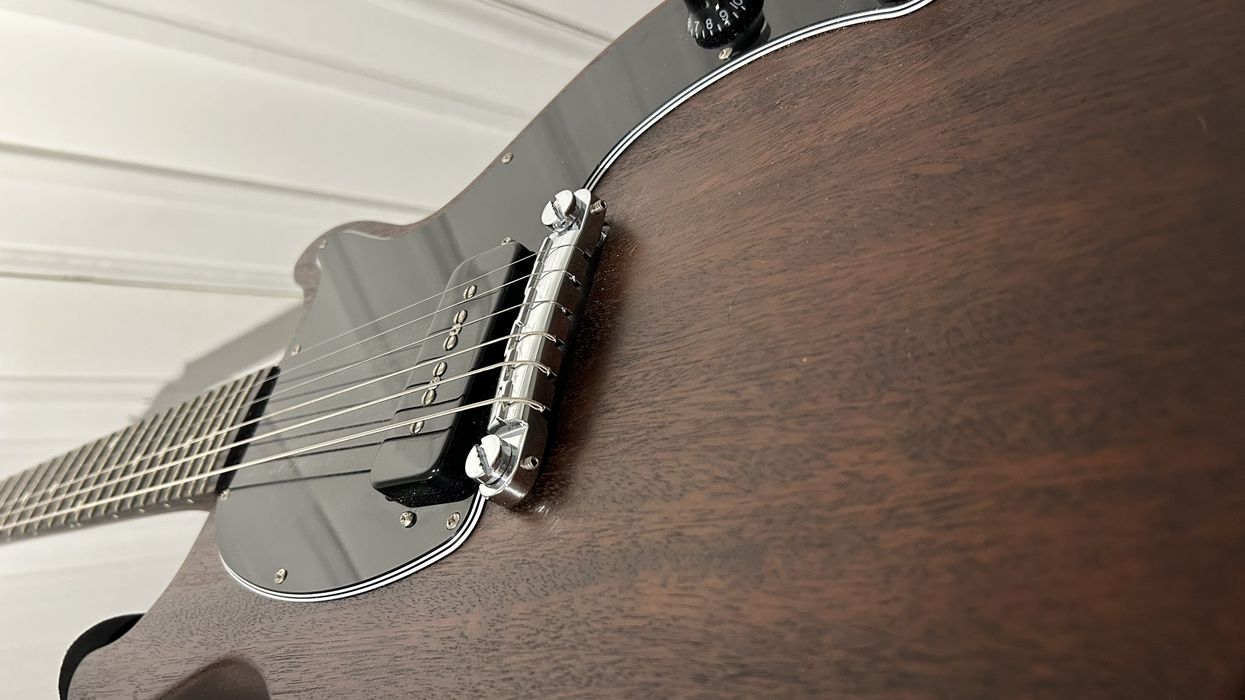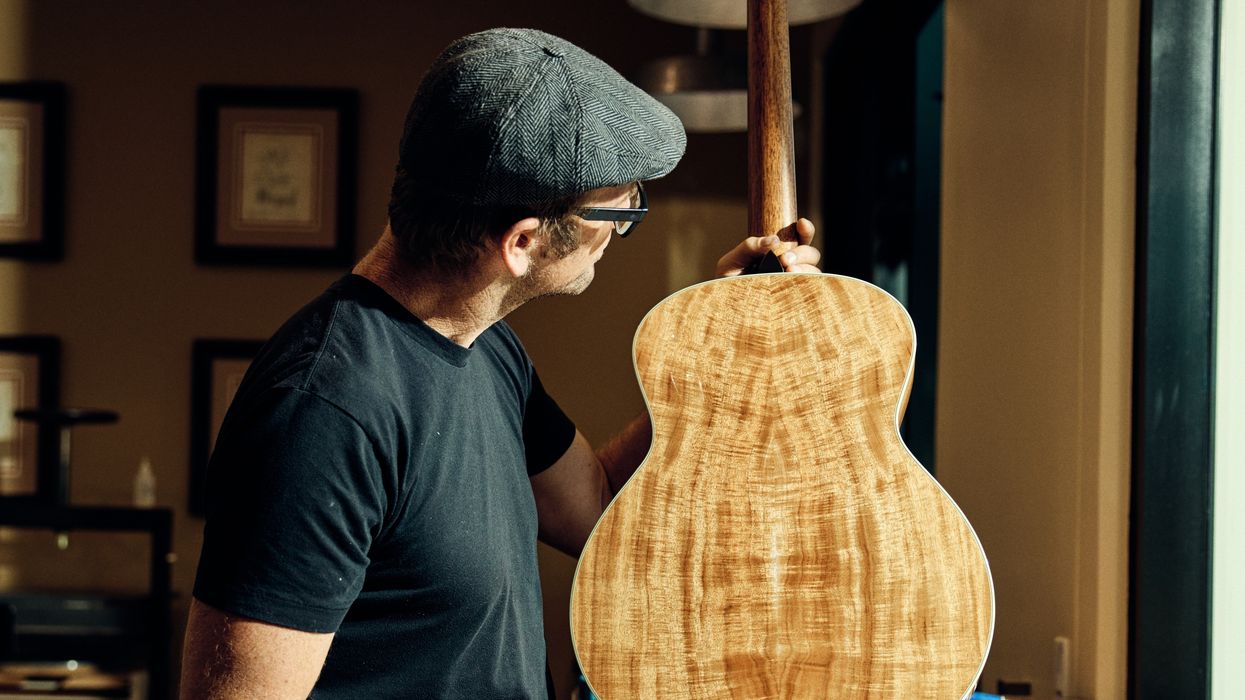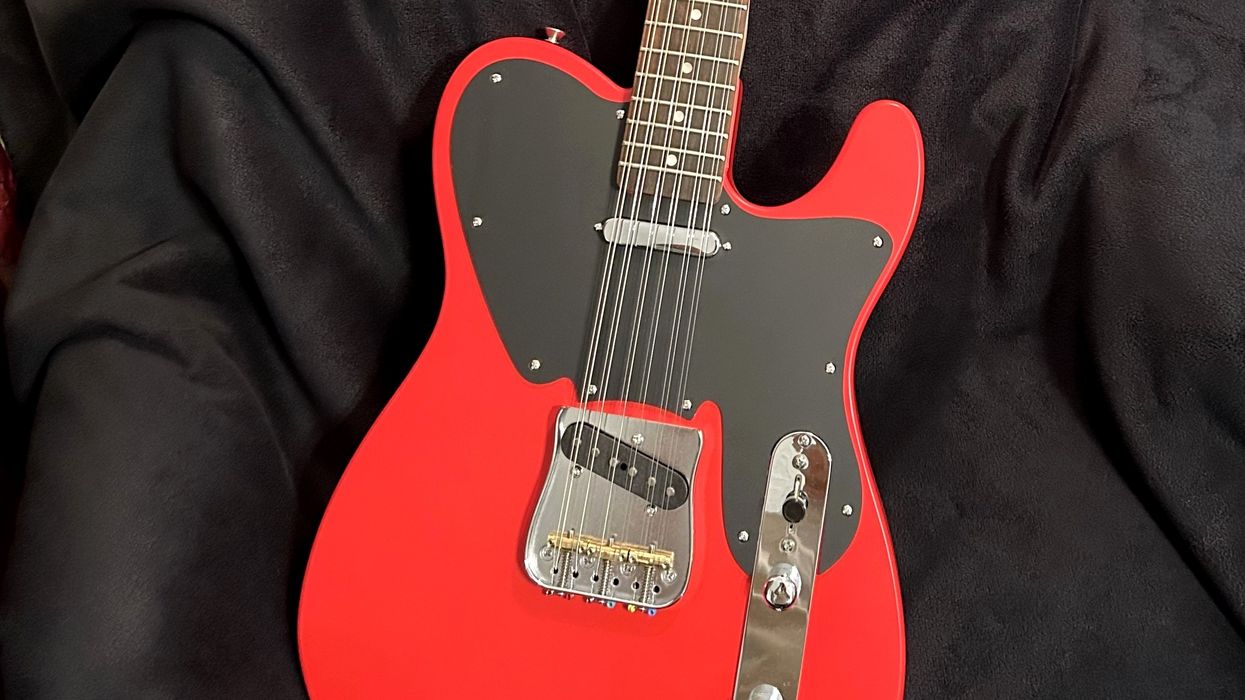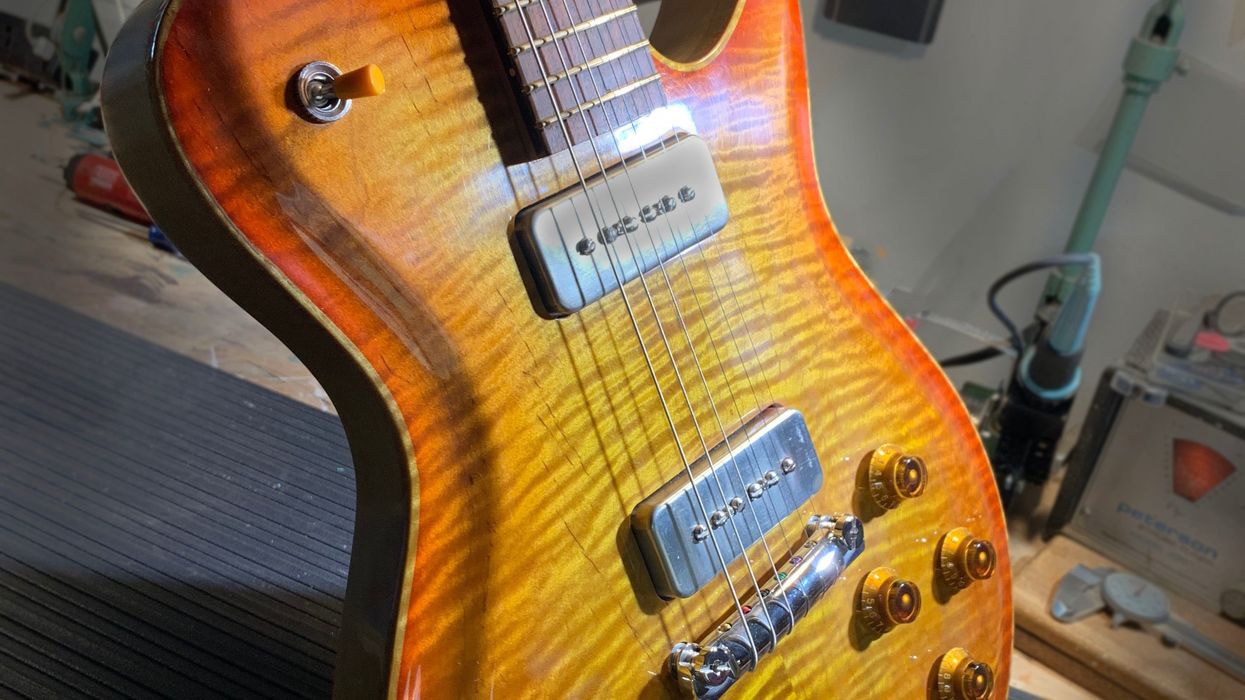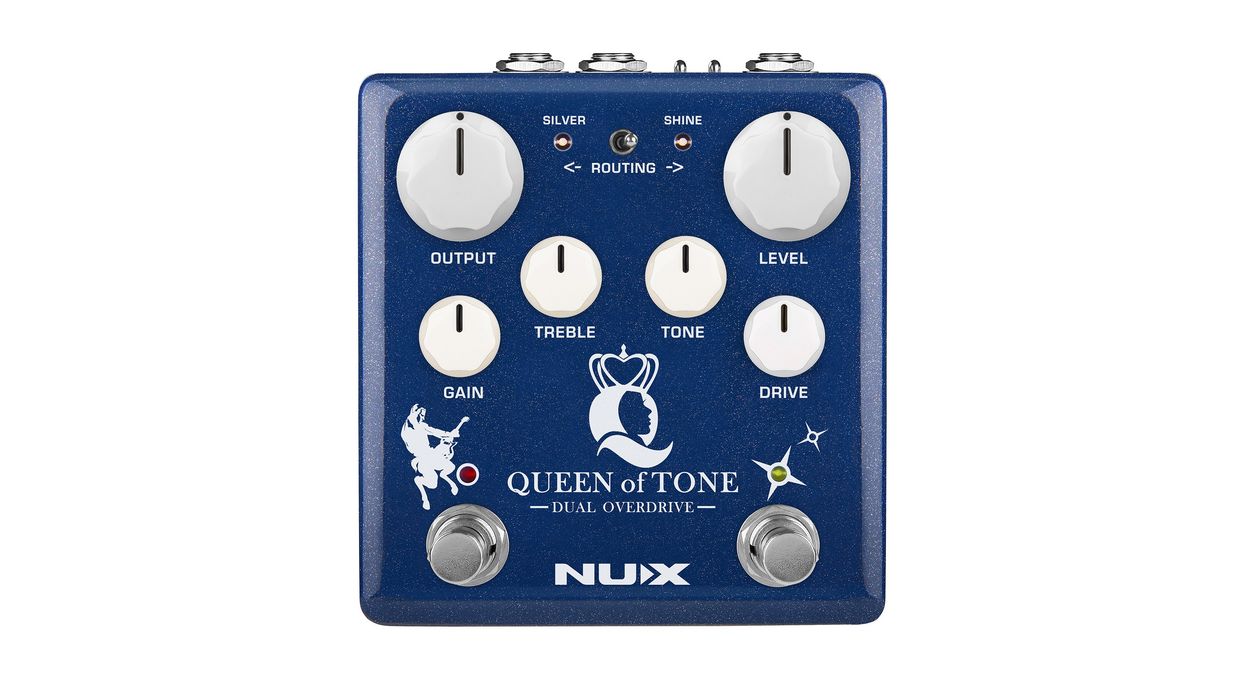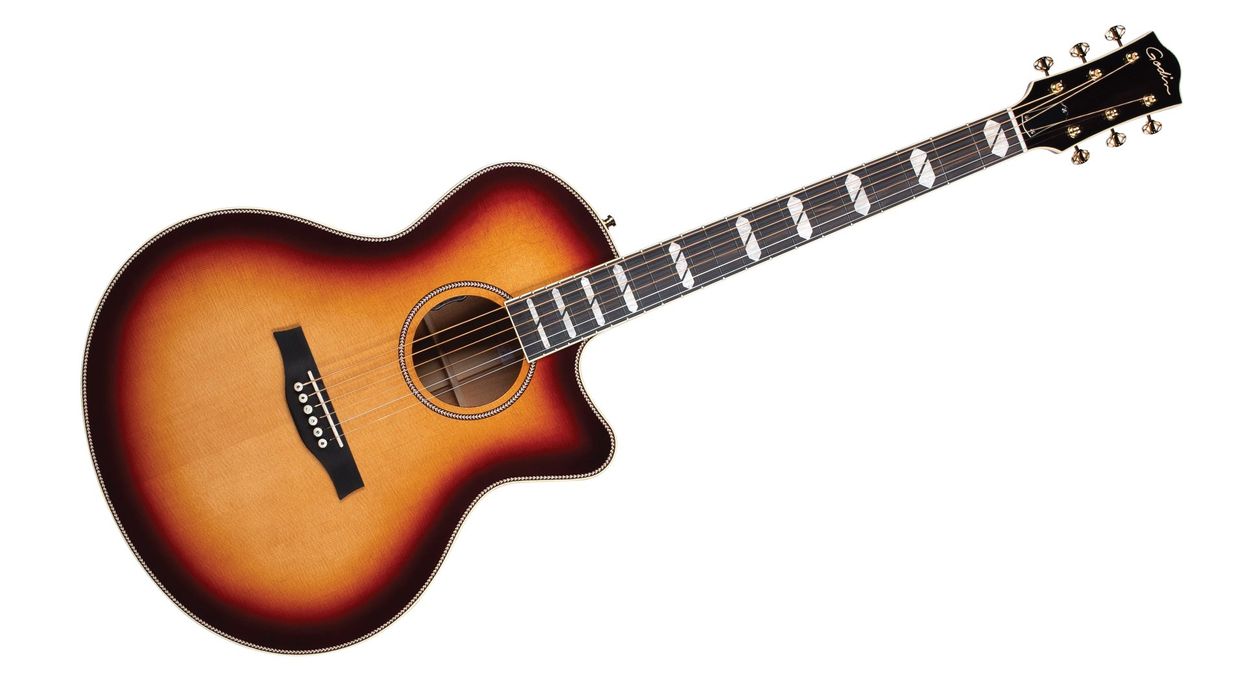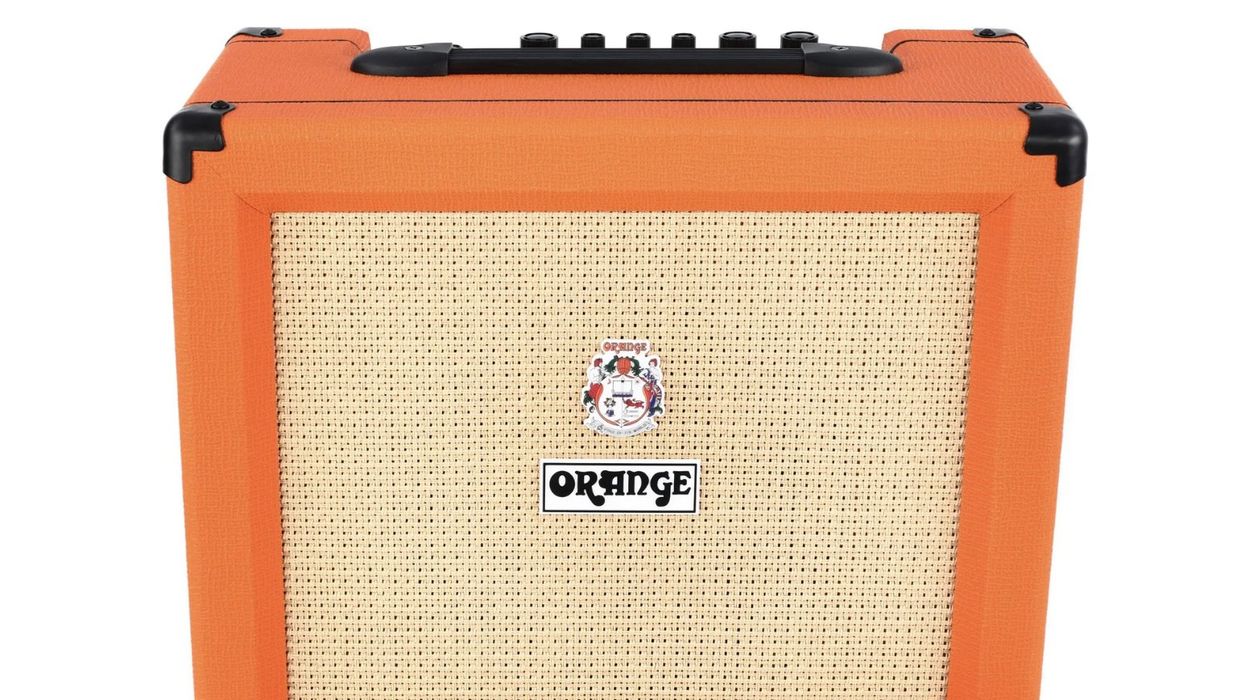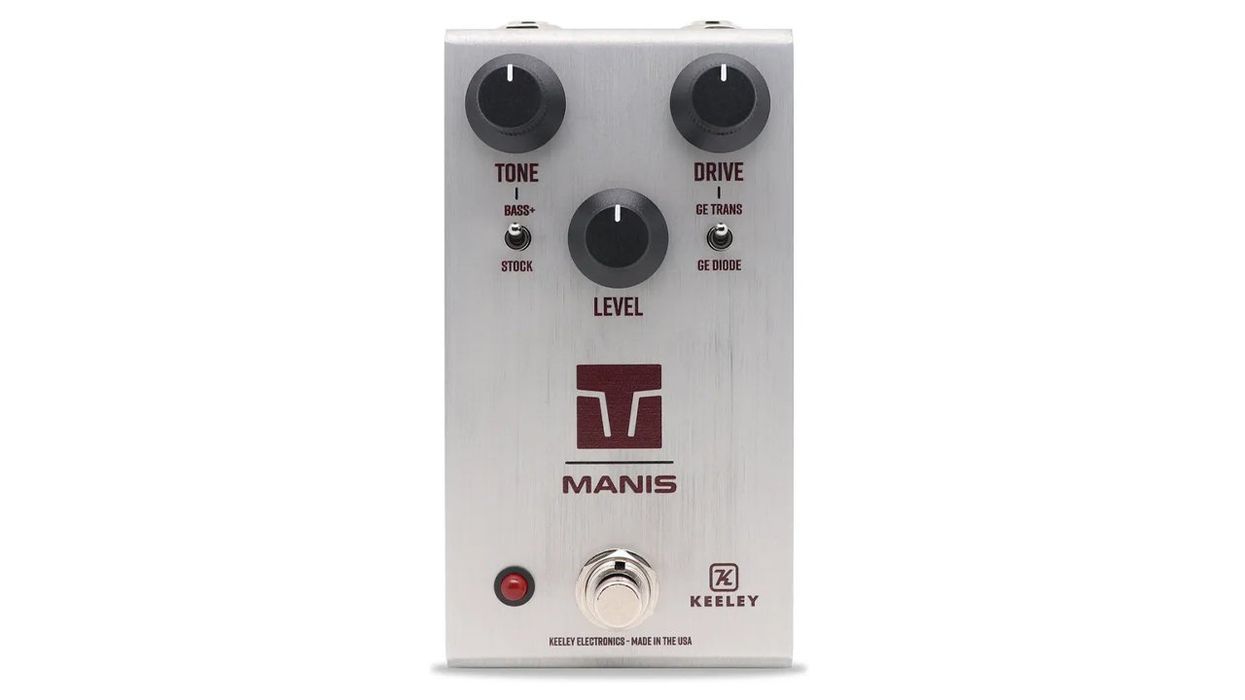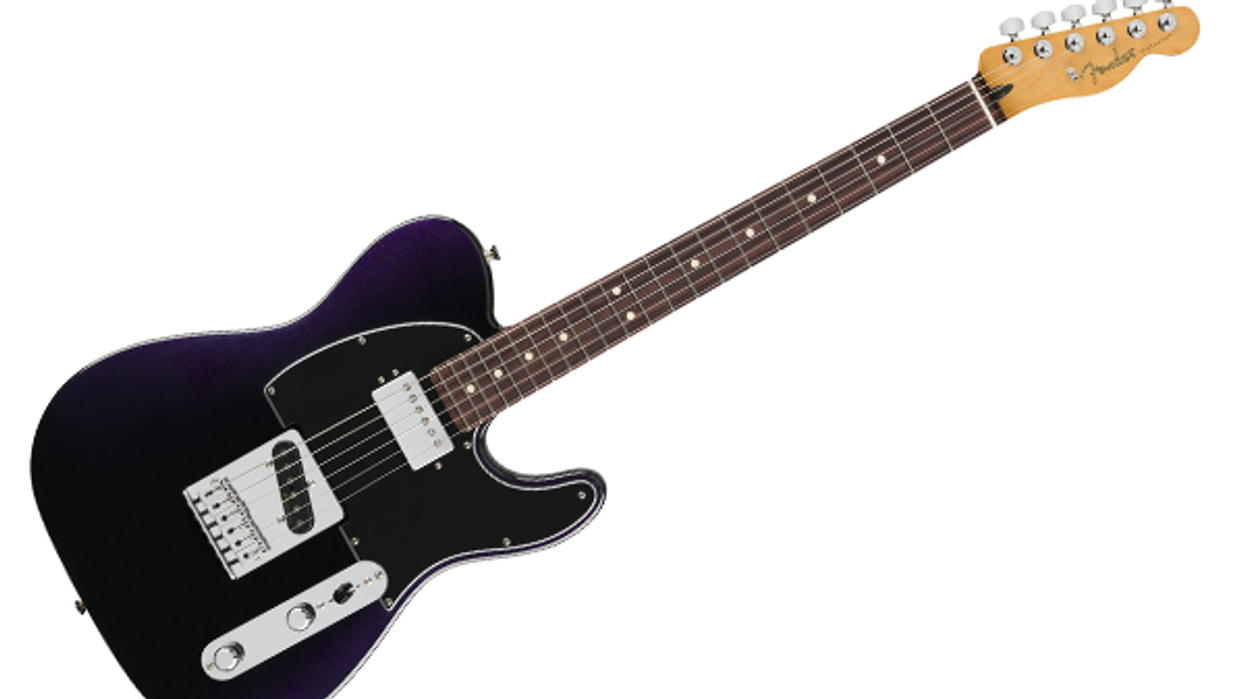What’s the difference between overdrive and a distortion? For some, the two terms are interchangeable. But the line that divides them can be tricky to find and personal. I take comfort in my own definition: Overdrive feels like an amp stretching its powers and distortion feels like the sound of exploiting those powers. Silktone’s Overdrive+ lives comfortably with one foot on each side of that fence—with a hint of fuzz thrown in for good measure. According to designer Charles Henry, the Overdrive+ is an original circuit that uses a collection of JFETs, op-amps, and diodes to create a wide variety of dirty tones. Even though the Overdrive+ covers a lot of ground, it doesn’t come off as an everything for everyone pedal that will satisfy no one. At its foundation, it’s an amp-like overdrive box, but with Henry’s unique take, it becomes much more.
Double Duty
The Overdrive+ control setup includes the three very standard controls (volume, tone, and gain) along with individual switches for bass cut and clipping modes. A second footswitch introduces the boost section, which includes another toggle for two different modes: strangle and raw. Without touching the knobs you can get several boost, overdrive, and distortion variations that are all incredibly useful.
I feel like I’ve seen a wave of dual-function boost-and-drive pedals in recent years. That’s a wave I’m willing and happy to ride. And the Overdrive+ is an especially appealing and flexible option because the boost circuit adds more than just gain. Let’s start with the main circuit. I reached for an SG with P-90s and a Bad Cat Cub 15R set to a clean tone. After setting the knobs at noon, engaging the bass cut, selecting asymmetrical clipping (in the fashion of a Boss SD-1), I was surprised to hear how much gain there was compared to most overdrives. Henry’s creative design and the extra gain at what would be conservative levels elsewhere highlights the Silktone’s aggressive side. As I reduced the gain and increased the output, the pedal felt more tube-like, like a great overdrive pedal should. It was thick and tight in the low end and midrange heavy. At 1 o'clock and beyond the gain control generates aggressive distortion, heavy with harmonics, that would fit in with drop-D doom metal riffs.
In symmetrical clipping mode, which is akin to the clipping scheme used in an Ibanez Tube Screamer, among others, the high end smoothed out considerably. I found almost Dumble-like tones at slightly lower gain settings with the tone on the darker side. The bass cut was a welcome addition to rhythm parts—especially with a Gibson Les Paul. According to Henry, the cut, which he dialed in by ear, shelves frequencies around 1000-1200kHz. Mixing and matching the clipping with the cut let me tailor the dynamic response quite a bit. I found the asymmetric setting a bit more responsive to dynamics, while the symmetric clipping offered more compression.
Boost or Bust
Even though Henry’s creative names for the boost modes—strangle and raw—aren’t too descriptive, you can basically think of raw as the more open, full-spectrum option and strangle, which uses inductor-based filtering, as the more focused. In strangle mode, you get a pile of harmonics that (depending on your amp setup) generates rich, controllable, and musical feedback. Although I favored this setting for screaming leads, it was quite fun just to hold a note or chord and see how the feedback varied in different parts of the room. I also appreciate that the strangle option took all the guesswork out of nailing a cool cocked-wah tone, which made me want to revisit those Rudolf Schenker’s classic UFO sides.
The Verdict
If you happen to have a slight bias towards either overdrive or distortion, don’t let the name fool you. The Overdrive+ does far more than your standard 3-knob dirt boxes. Henry’s design covers miles of sonic territory and gives you the power to effectively turn a single-channel amp into a three-channel wonder. Blues and classic rock players will dig how nuanced the lower-gain settings are. Those that like things more aggressive will appreciate its hot and smooth characteristics. The Overdrive+ makes a strong case for itself as the only gain device you’ll need on your pedalboard. That’s an impressive feat.



